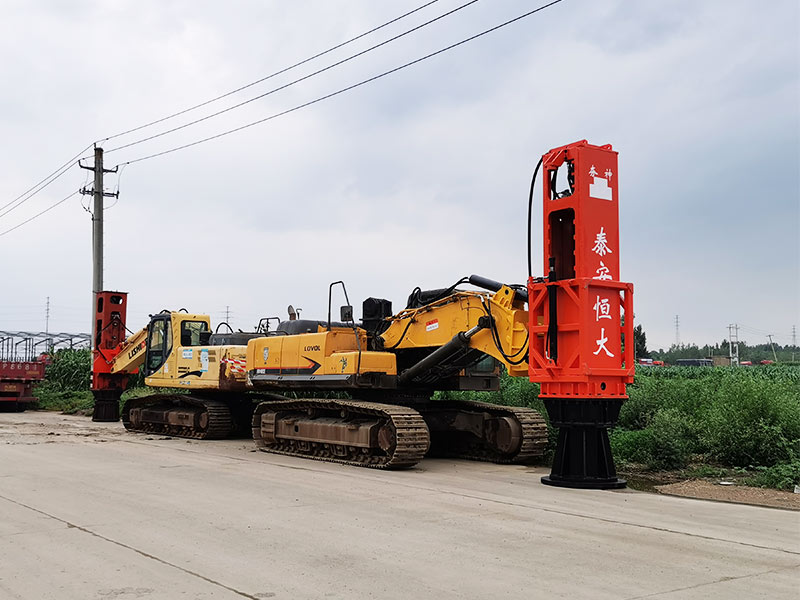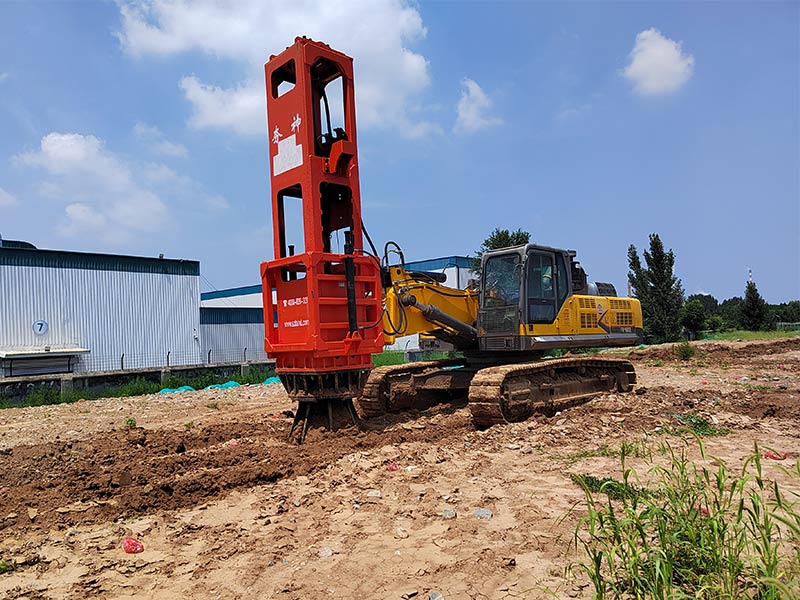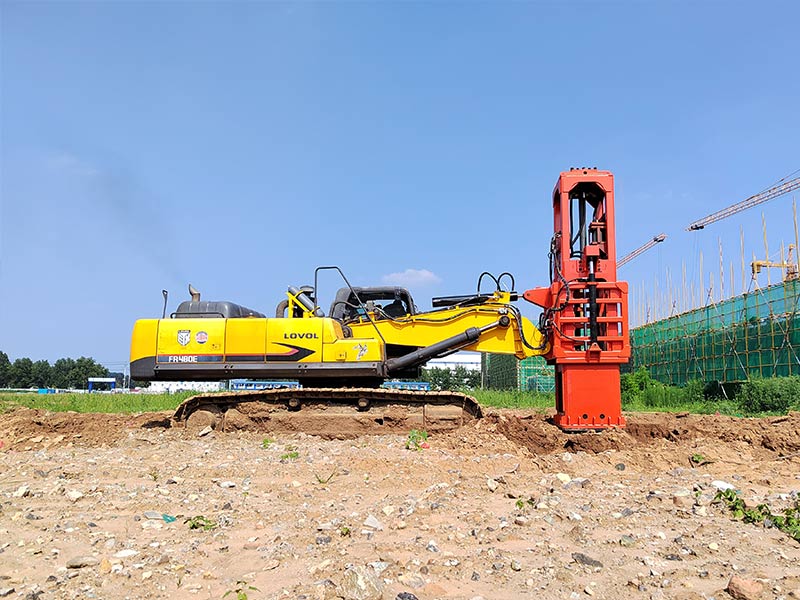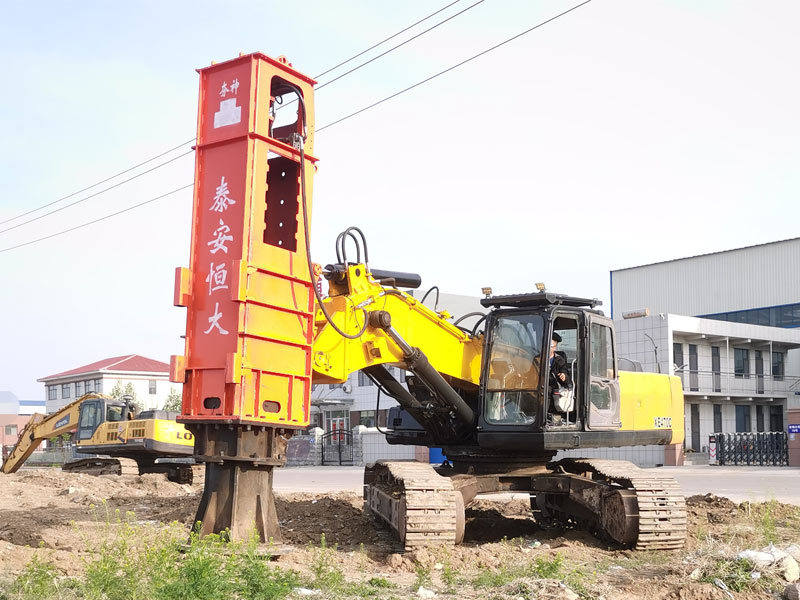Rapid impact compaction design - HENGDA RIC
Description:The principle of the technique which is similar to other compaction / densification techniques is a ...
Update time:2022-12-23 13:13:51
Number of views:337
The principle of the technique which is similar to other compaction / densification techniques is a transmission of energy into a compressible / loose soil layer in order to improve its geotechnical properties.
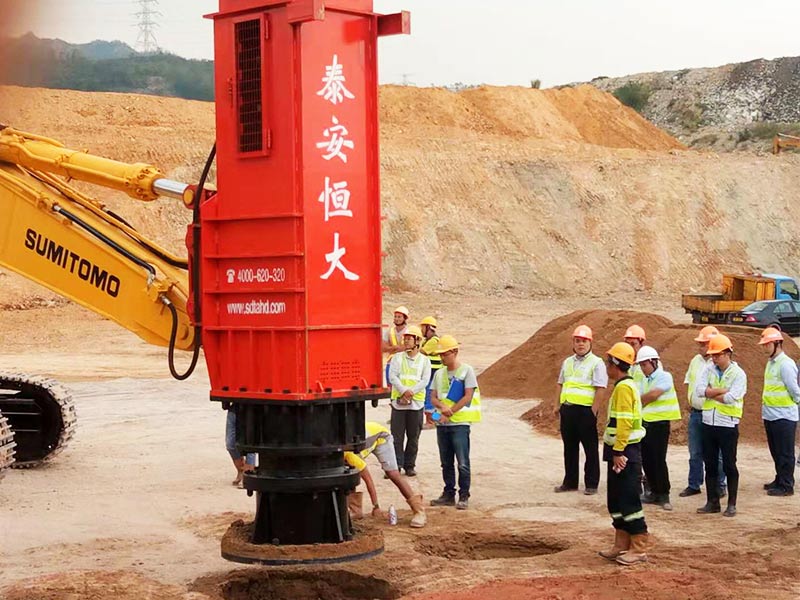
The Rapid impact compaction is mounted on a excavator so that moving around the site is easy. The compactor consists of a 7.5-ton weight falling approximately 36 inches onto an anvil in contact with the ground at a rate of approximately 40-90 blows per minute thereby compacting approximately 800 sf of area per hour. Onboard diagnostics equipment allows the compaction effort to be stopped when optimum compaction has been achieved.

Use of Rapid impact compaction will result in an increase in soil density, stiffness, and angle of internal friction as measured by an increase in SPT N-value, CPT tip resistance or other means of insitu test. The recommended approach is to determine what level of improvement is desired and discuss that required improvement with your technical representative for feasibility. For example, a 2-story commercial light industrial structure is to be constructed on a site underlain by up to 10 ft of existing sandy fill soils. SPT N-values range between 4 and 8 blows per foot (bpf) in the fill. The geotechnical engineer’s correlation between SPT N-Value and soil stiffness for footing settlement analyses indicates that an average N-value in the fill needs be 10 bpf. The geotechnical engineer would perform settlement analyses using the foundation sizes and loading provided by the structural engineer to confirm that the footings will perform acceptably if the fills are improved to 10 bpf. A review of the borings logs indicates that this level of improvement is achievable with RIC. The geotechnical engineer would then complete his or her report with a recommendation that Rapid impact compaction be used to compact the fills in place and that an N-value of 10 bpf will be required.

The Rapid Impact Compaction (RIC) system uses an excavator-mounted, 7.5-9 ton hydraulic weight that is repeatedly dropped on a 1.5 m tamper foot to densify sand soils up to 6-7 m deep. This process is an equivalent alternative to bulk excavation and engineered fill.Improve up to 6-7m depth for the treatment of sand, silty sand, and fills for low-to-moderate bearing capacities.
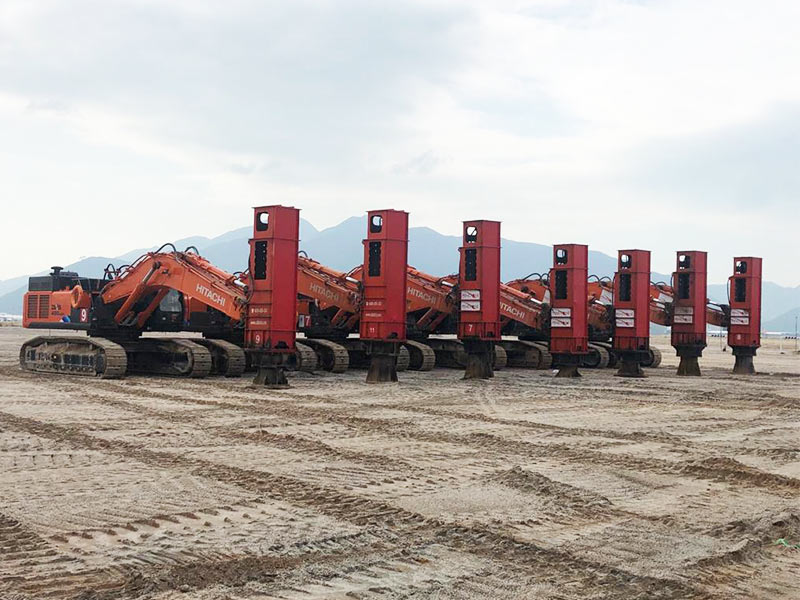
The Rapid impact compaction technology is the modern approach for compacting existing soils that would otherwise be excavated and compacted using a conventional roller compactor in layers of 15 to 30cm.
Energy is transferred to the underlying loose granular soils rearranging the particles into a denser formation. Rapid impact compaction can effectively densify up to 4-5m of soils without excavation, adding water or dewatering. It can also be used for fill compaction, which can place in bulk fill materials and compact it accordingly without adding any water.
For large infrastructure developments, Rapid impact compaction takes the lead due to its speed of execution that makes it much more cost effective than other alternatives.








